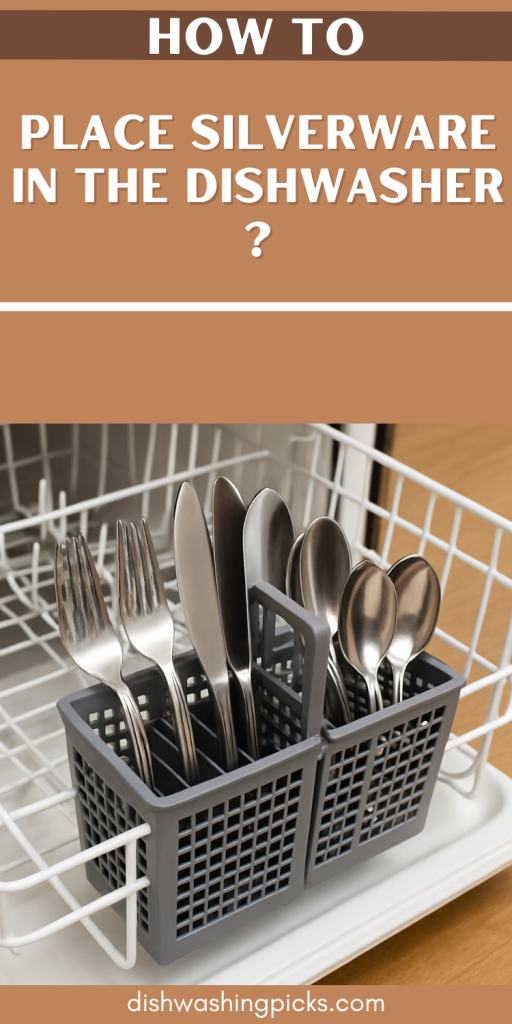
Let’s Be Honest…
Okay. So you load your dishwasher, toss in the detergent pod, shut the door—and boom, done, right?
But hold on… why are your forks coming out with mystery smudges? Why is that one spoon still crusty? And why does every knife look like it’s been through a fog machine?
Spoiler alert: it’s not your dishwasher’s fault. It’s probably how the silverware was loaded.
Yeah, I know—it sounds kinda silly. But how you place your utensils actually makes a big difference in how clean (and how safe) they come out. And yes, there’s a right way. Several, actually.
Let’s break it down and clear up this silverware loading mystery once and for all.
First Things First: Why It Even Matters
Let’s answer the “Do I really need to care about this?” question right up front.
Short answer: Yup.
Long answer: Unless you enjoy rewashing forks by hand while muttering under your breath, keep reading.
Here’s what good silverware placement gets you:
- Better cleaning (aka no food crust)
- Faster drying
- No scratches or nicks on your nice knives
- No jamming the spray arm mid-cycle
- Less awkward dish unloading at the end
Still with me? Cool. Let’s talk strategy.
The Great Debate: Handles Up or Handles Down?
Ah yes. The age-old question that has split families and roommates for decades:
Should silverware go in with the handles up or the handles down?
Here’s the real answer:
It depends.
Yep. Classic non-answer. But hear me out.
🔽 Handles Down:
- Pros: The dirty end gets more direct spray action = cleaner utensils.
- Cons: Risky with knives (ouch) and a little more awkward to unload.
🔼 Handles Up:
- Pros: Safer unloading, especially with sharp stuff.
- Cons: Food gunk might hide in spoon/fork crevices and dodge the spray.
Our take?
- Forks & spoons? Alternate them. A mix of up and down is totally fine.
- Sharp knives? Always handles up, blades down. You’ve got ten fingers—keep them.
🧠 Quick tip: Don’t group all your forks in one slot and all the spoons in another. Mix ’em up a bit. That way, they don’t “nest” (aka cuddle) and block water from reaching every surface.
Got a Silverware Basket or a Rack?
Different dishwashers, different rules. Let’s break it down:
🧺 If you’ve got a silverware basket:
- Use every compartment, don’t crowd them.
- Try not to overload with thick-handled items (those can block water flow).
- Pro move: Flip the basket halfway through the week to get an even clean over time.
🧊 If your dishwasher has a third/top rack for silverware:
- Spread items out evenly.
- Don’t stack spoons or forks on top of each other—again, nesting is the enemy.
- Lay longer knives flat to avoid hitting the spray arm.
Some dishwashers even have removable grids on the silverware basket to separate each item—use that if you’ve got it. It’s not there for decoration.
What About Specialty Utensils?
You know… the weird-shaped ones. The potato masher. That tiny whisk you never use but keep anyway. The soup ladle that’s basically a small shovel.
Here’s the scoop:
- Lay large or awkwardly shaped items flat on the top rack.
- Avoid cramming them into the basket where they’ll block other stuff.
- Long knives? Lay them flat. Pointy ends down.
Also—wooden-handled or bamboo utensils? Or anything that says “hand wash only”? Just don’t. Save yourself the warping or cracking.
Extra Tips That Actually Make Life Easier
- Pre-rinse or nah? Nope. Not necessary unless your dishwasher is from the early 2000s. Modern ones want a little food grime to help the detergent activate.
- Dishwasher-safe check: Not all silverware is equal. Cheap dollar-store stuff might rust or stain. Stick with stainless steel.
- Give things space: Don’t overcrowd. Think of your silverware like people in an elevator—if they’re all smushed together, no one’s having a good time.
Try thinking of your dishwasher like a tiny car wash. Each utensil needs room for those spinning water jets to get in there and scrub everything clean.
Final Thought: It’s Just Silverware… But It’s Still Worth Doing Right
Sure, we’re not talking about rocket science here. But placing your silverware the right way can actually save you time, frustration, and extra scrubbing.
So the next time you’re loading the dishwasher and you’re tempted to just dump the whole handful of forks in upside down and call it a day—pause. Give them a little space, flip a few handles, and let your dishwasher do its thing.
Your future self—with a clean fork, a dry knife, and zero regrets—will thank you.
Want a quick printable checklist for optimal dishwasher loading? Need a visual for the “no nesting” rule? Just let me know—I’ll make it dishwasher‑safe and frustration‑free. 😄
